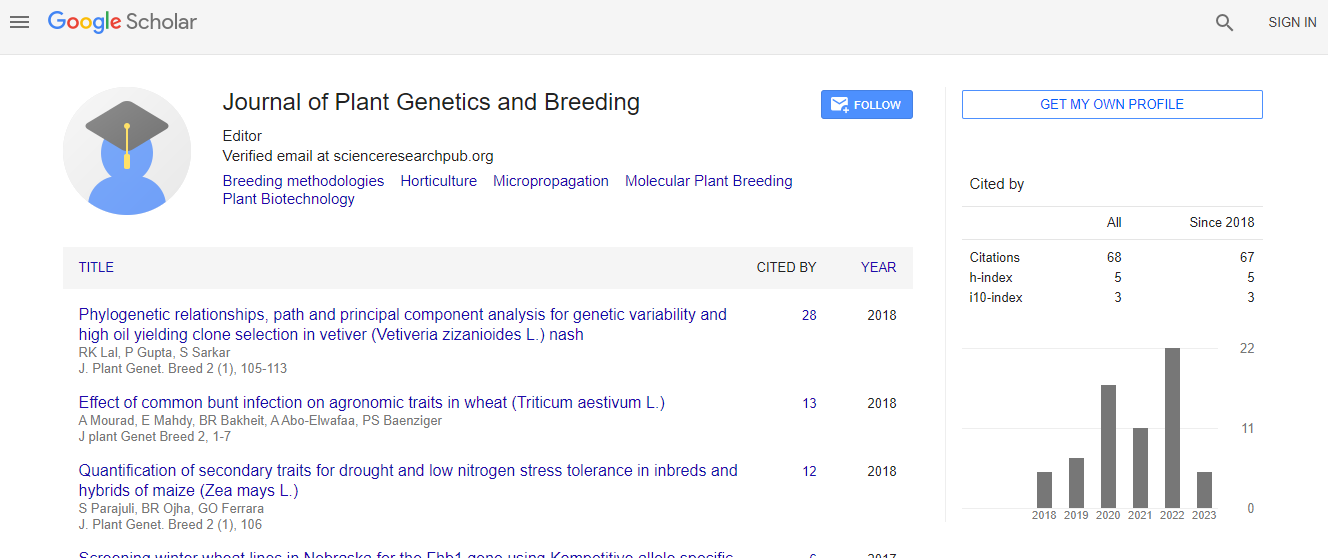Overlapping of agricultural and mining activities in two regions of central Chile
*Corresponding Author:
Copyright: © 2020 . This is an open-access article distributed under the terms of the Creative Commons Attribution License, which permits unrestricted use, distribution, and reproduction in any medium, provided the original author and source are credited.
Abstract
The role of mining has been key for the economic development of Chile from the time of the Spanish colony through the nitrate boom years i.e. end of the 19th century and beginning of the 20th century. Expansion of mining activity directly influenced the generation of important environmental impacts, which gradually gained notoriety until becoming unsustainable. The aim of this work was to carry out an exploratory analysis of the Cu level in agricultural soils of the Maule region (34°47´44´´S; 71°02´53´´O and 35° 06´28´´S; 71° 17´42´´ O) to establish a baseline, given that large-scale mining is projected towards this region and compare them with the soils of the O’Higgins region (34°15’35.96” S; 71°4’40.44” O and 34° 18′ 0″ S; 71° 6′ 0″ O) where mining has been exploited industrially since the last century. In the O’Higgins region, the values fluctuated between 5,4 and 27,1 mg*kg-1 of Cu2+ at 0.1 m depth, among the factors that prevent damage to the plants is the significant level of carbonates in irrigation waters. The foliar analyzes carried out in fruit trees show that the levels of Cu present are in the accepted ranges; no damage was observed in the plants. In fruits, the levels are ten times lower than the tolerable levels. In the Maule region, the values fluctuate between 0,65 and 15 mg*kg-1 of Cu2+ at 0-0.1 m, which would indicate that intensive agriculture would also contribute to the contamination of the environment by copper.

 Spanish
Spanish  Chinese
Chinese  Russian
Russian  German
German  French
French  Japanese
Japanese  Portuguese
Portuguese  Hindi
Hindi 